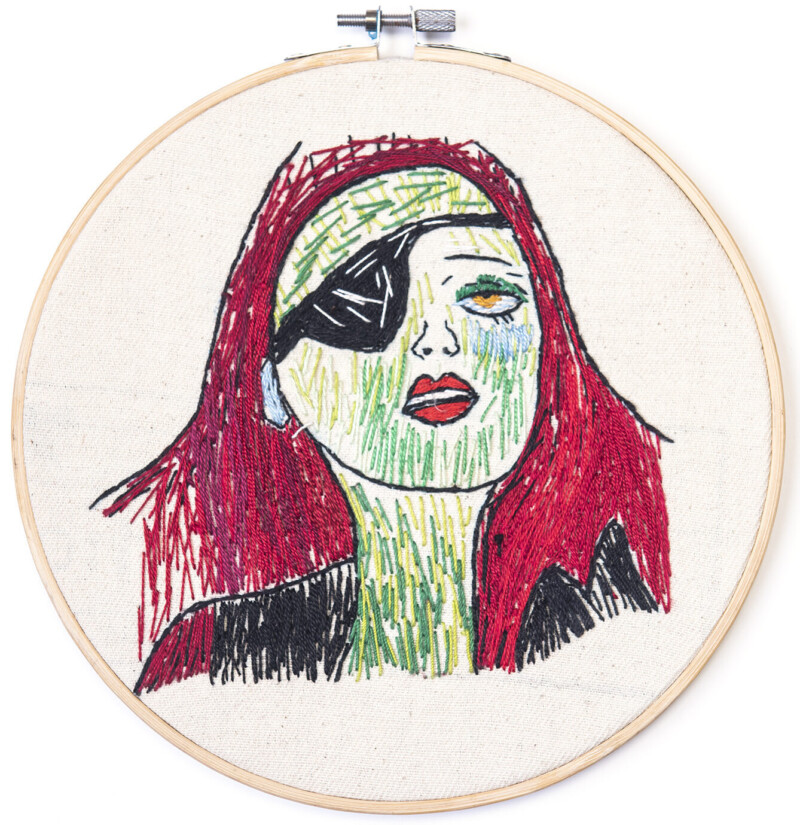Traumatic experiences are often difficult to express in verbal language. Especially in the context of conflict and displacement, disruptive life courses may urge toward expression while, at the same time, defy verbal expression. In Shatila, a refugee camp in the South of Beirut, the language of embroidery has been present since its establishment in 1949 to host Palestinian refugees. It is a daily and gendered practice rooted in the rich textile tradition in the region. The outbreak of the conflict in neighboring Syria and the influx of new refugees has generated a revival of embroidery practices in the camp. This cultural heritage in displacement has several (often coexisting) functions, such as bringing to bear visual stories. These stories often foreground ideas about human rights.
Through a playful endeavor with materiality, the interdisciplinary research ‘On Migrating Heritage’ focuses on these embroidery practices as a narrative in conflict and displacement and explores how women use these practices as a site to negotiate what they consider to be their rights. It does so by, firstly, learning the vocabulary of this language where women recount experiences of harm and loss while imagining a more just future, and secondly, exploring how artistic practices can be a way to engage (experimental learning, collaborative making, co-design) in a context where the spoken word is limited.







